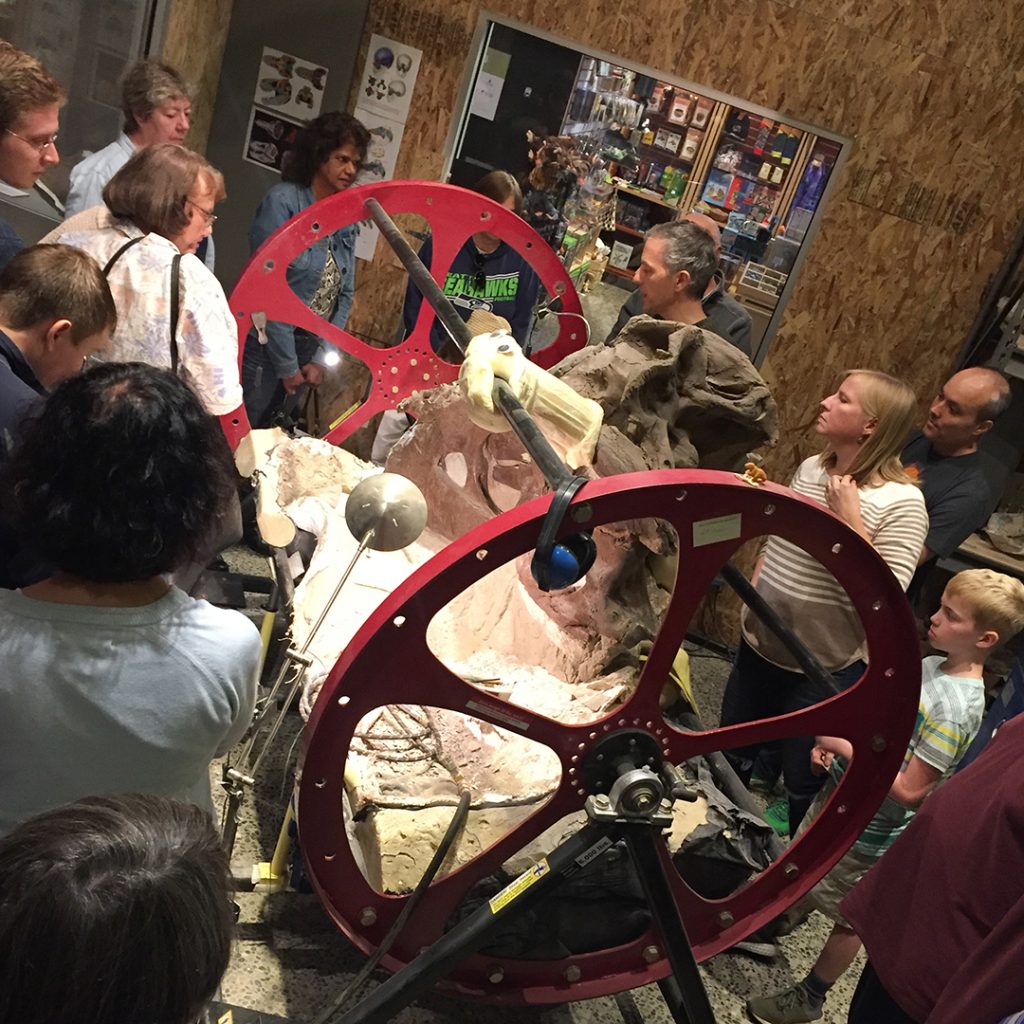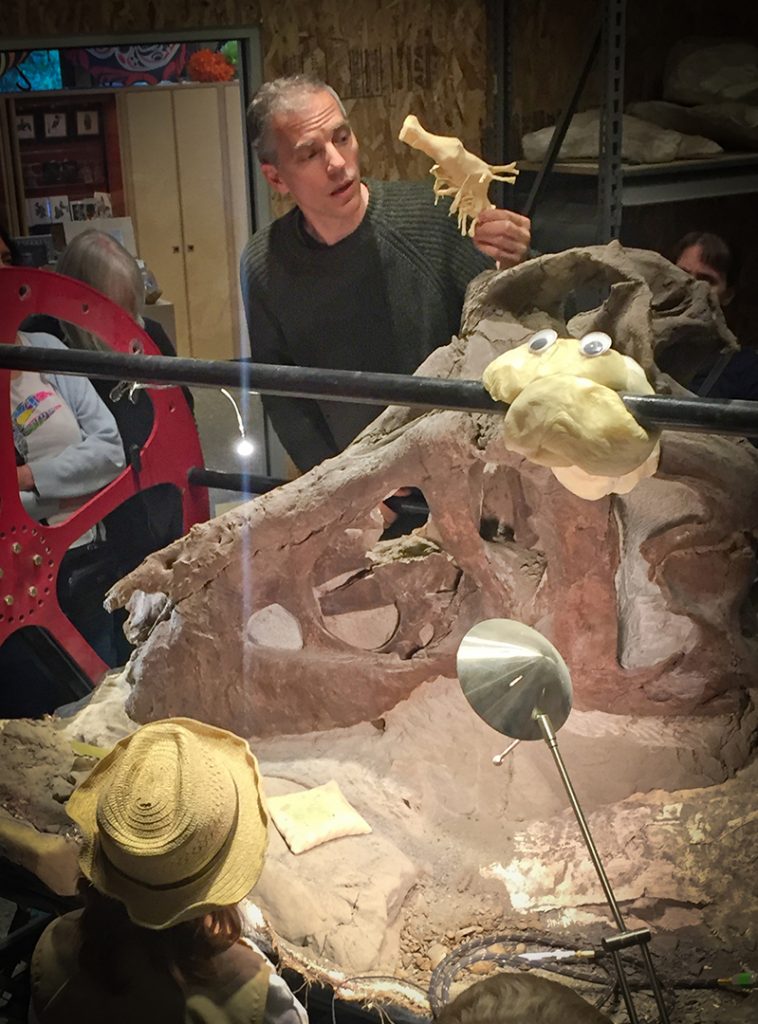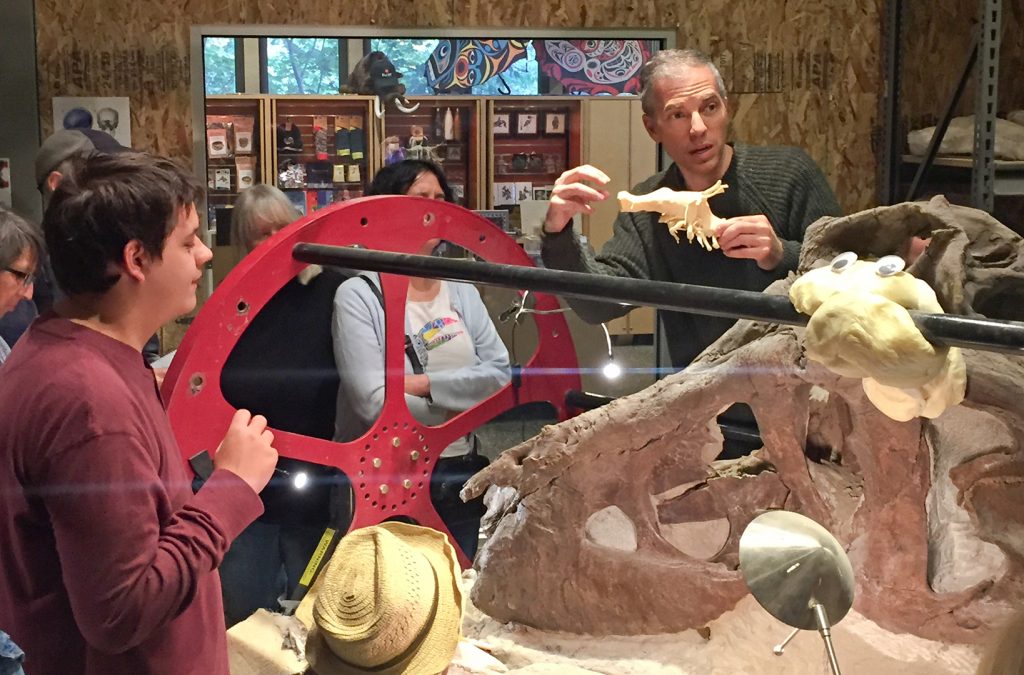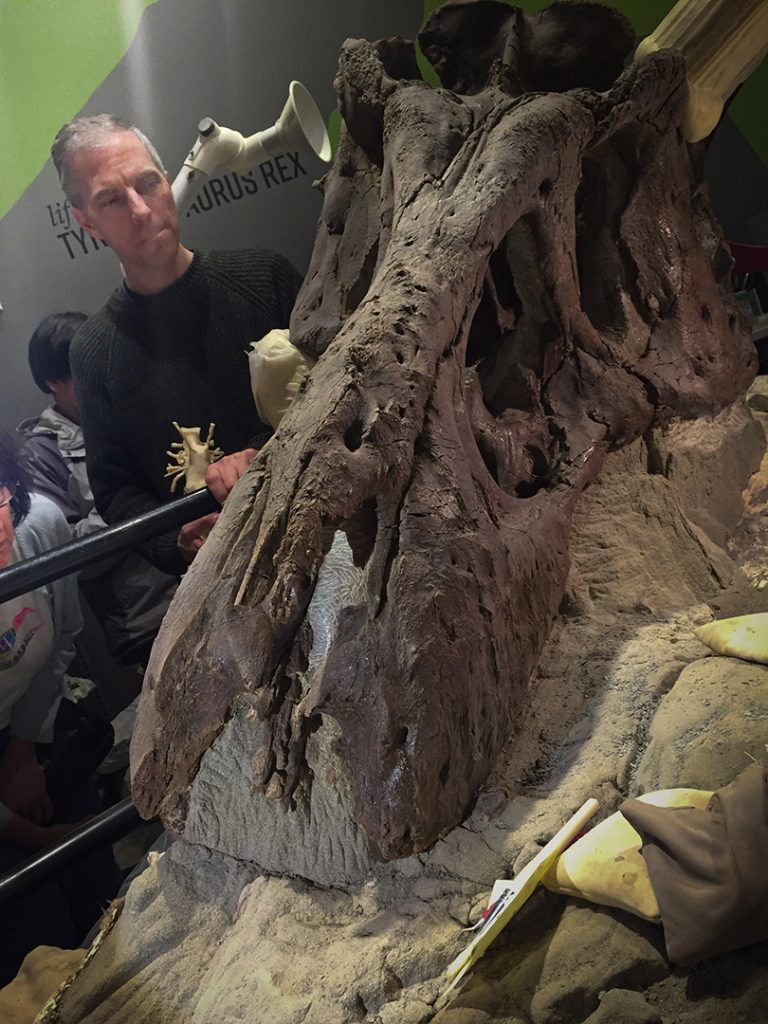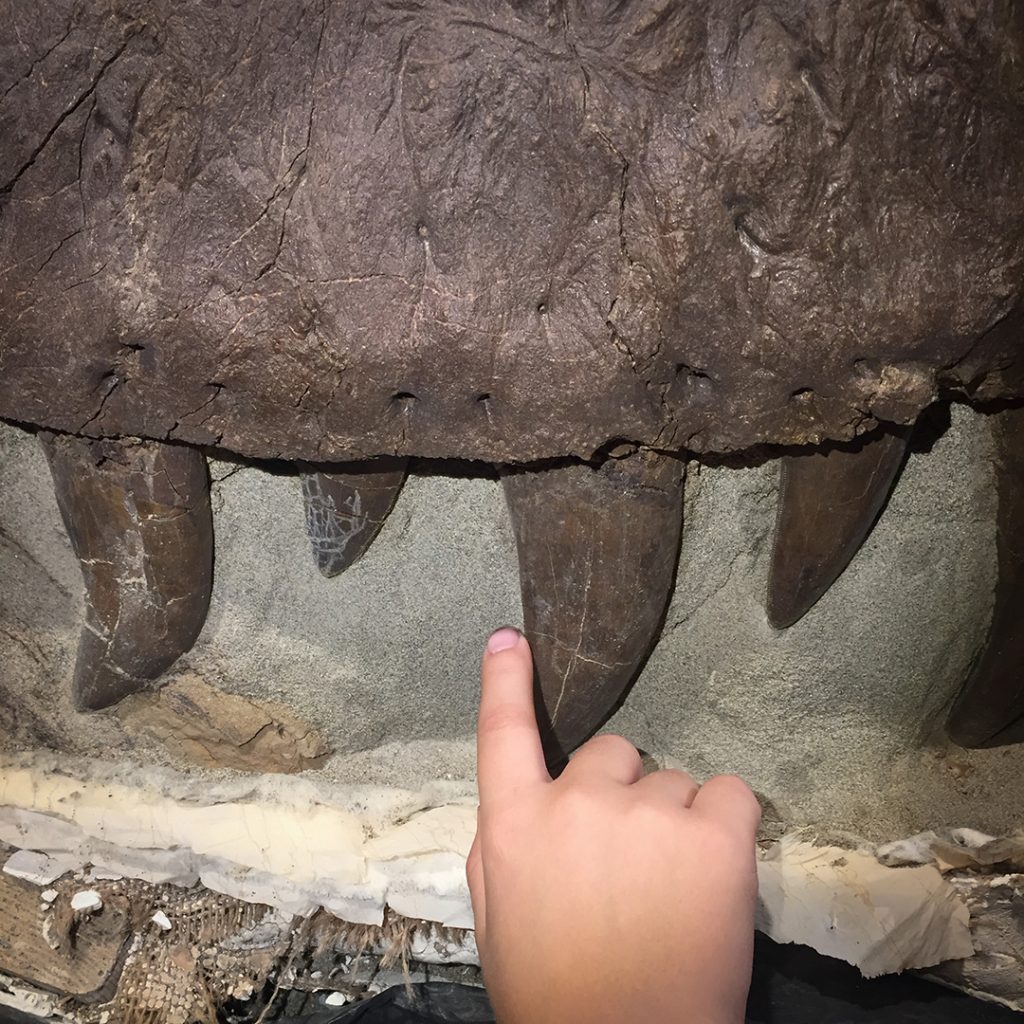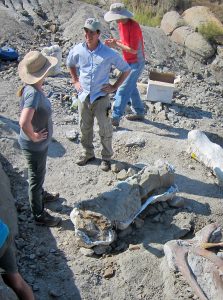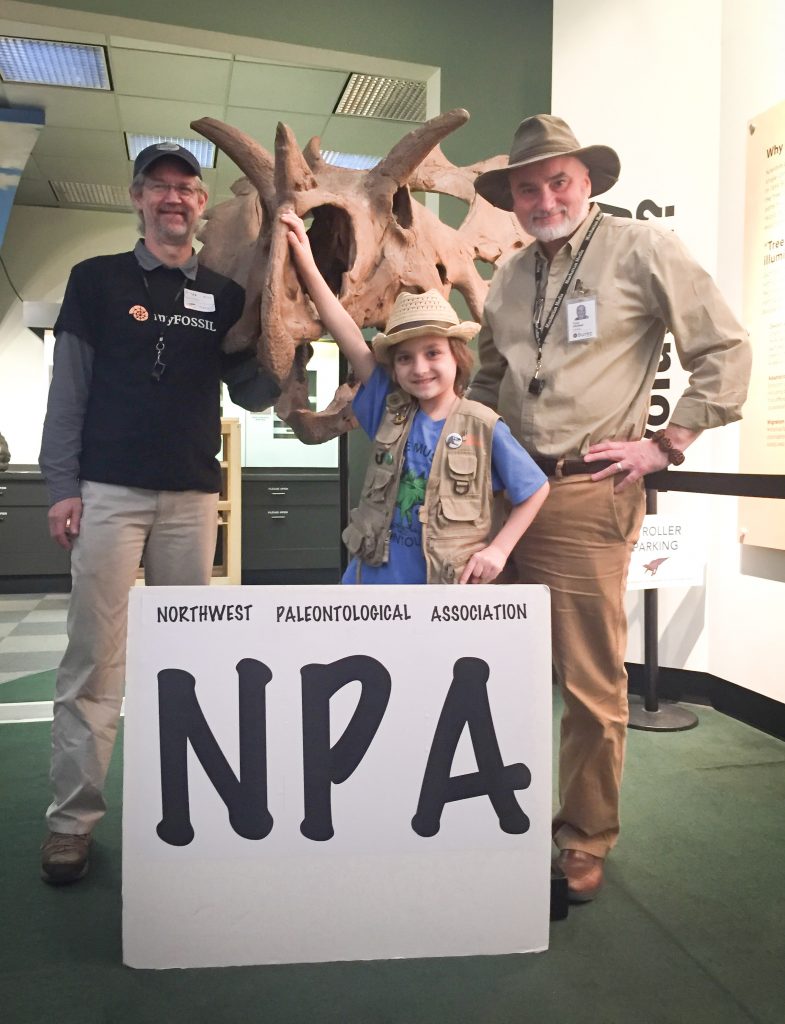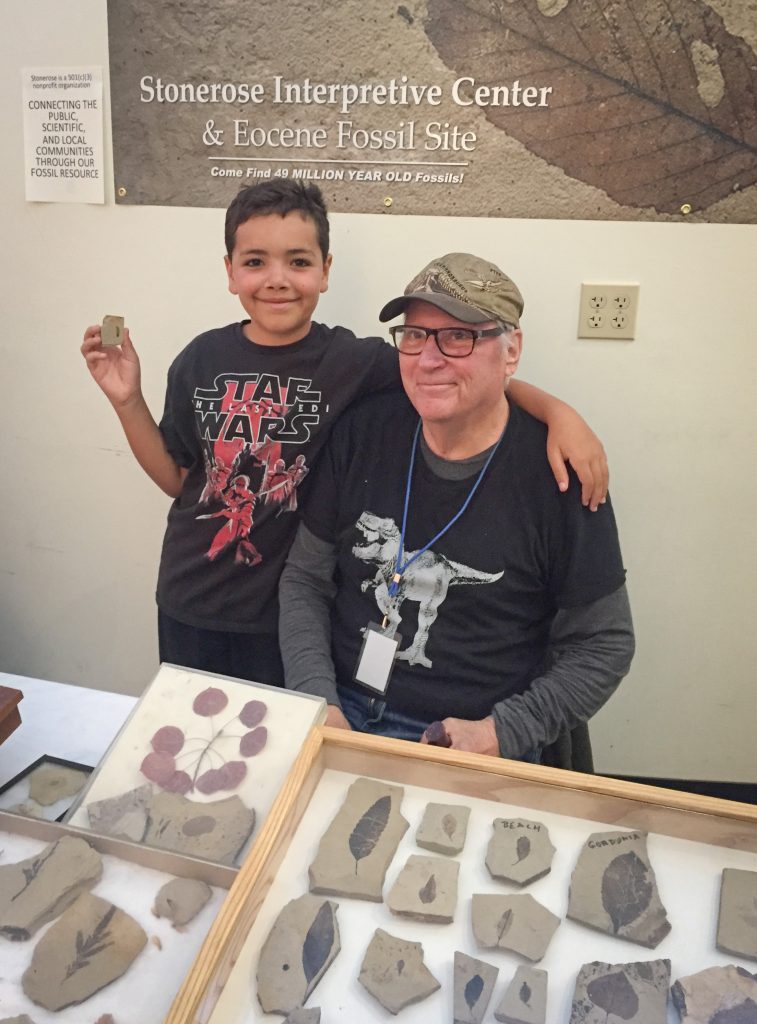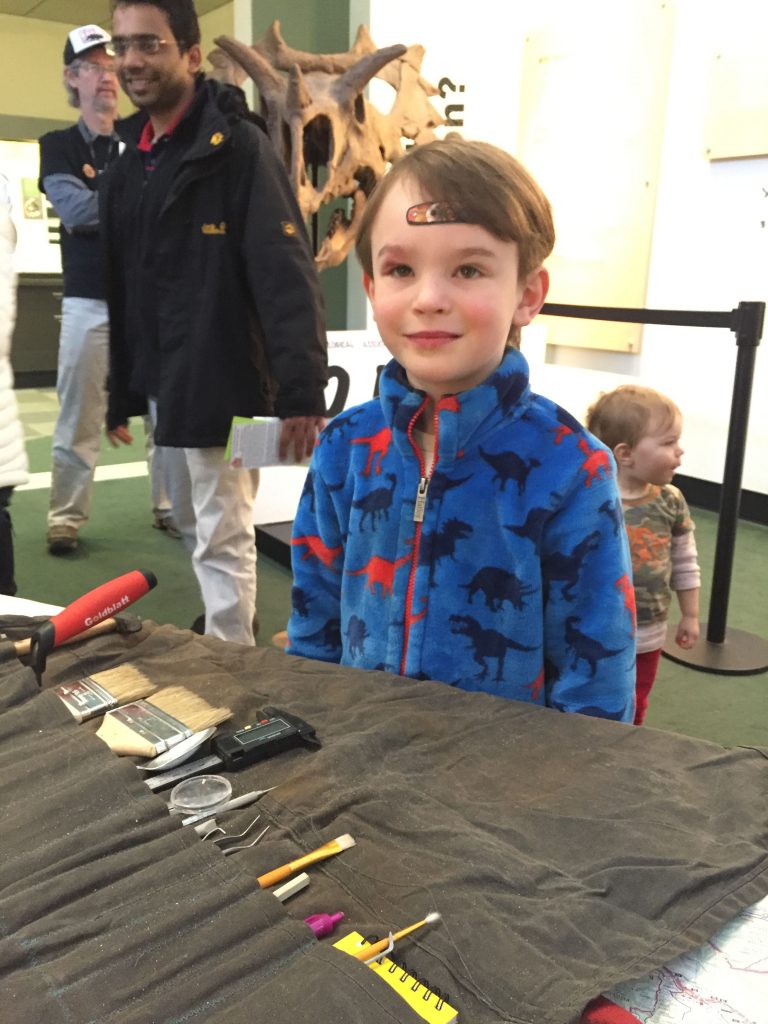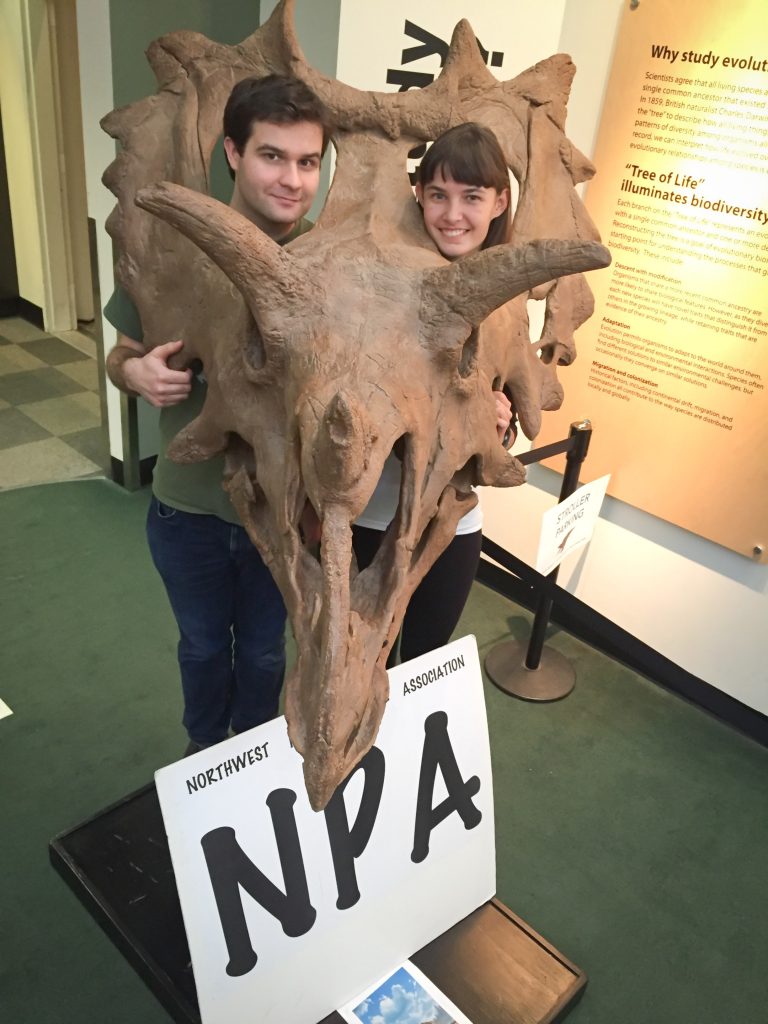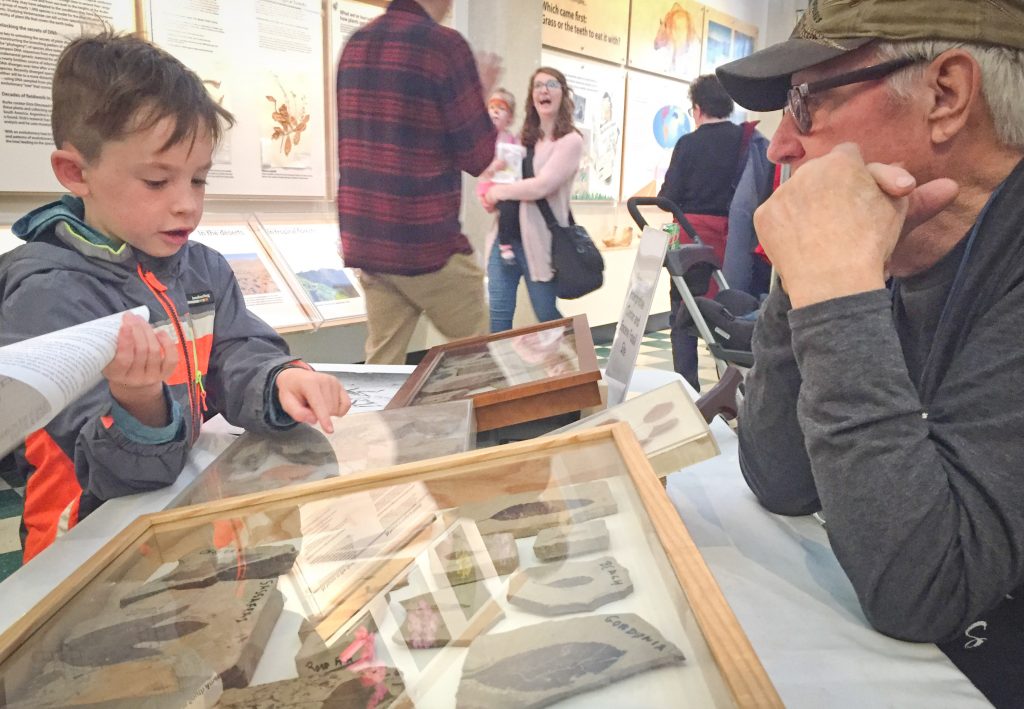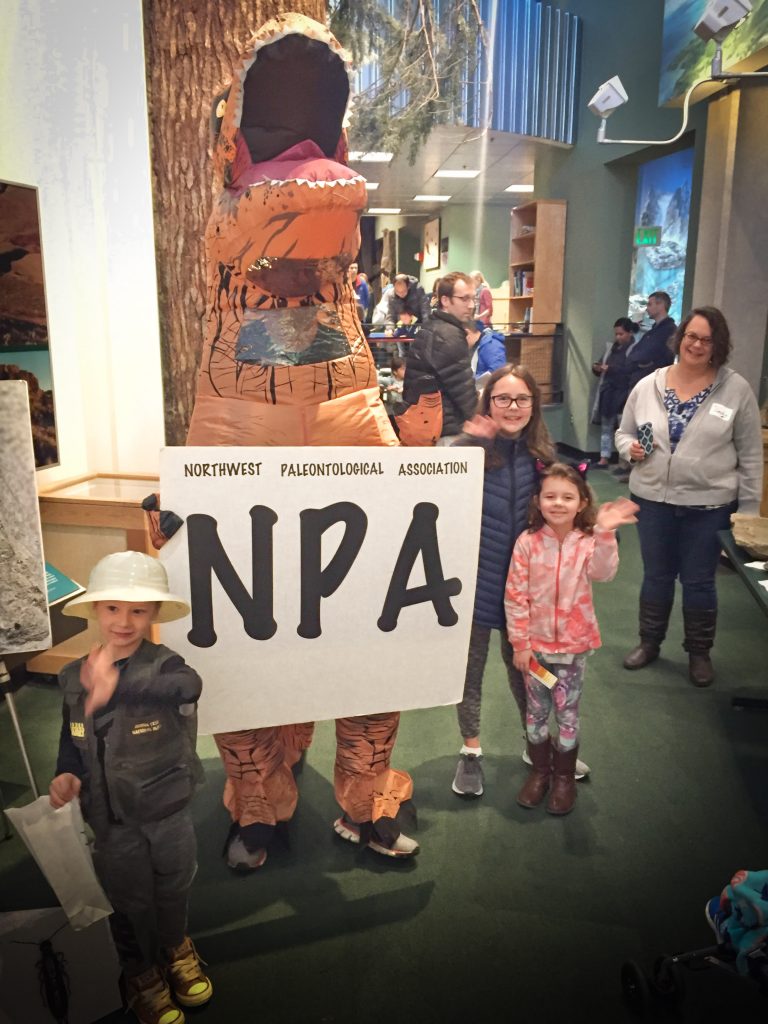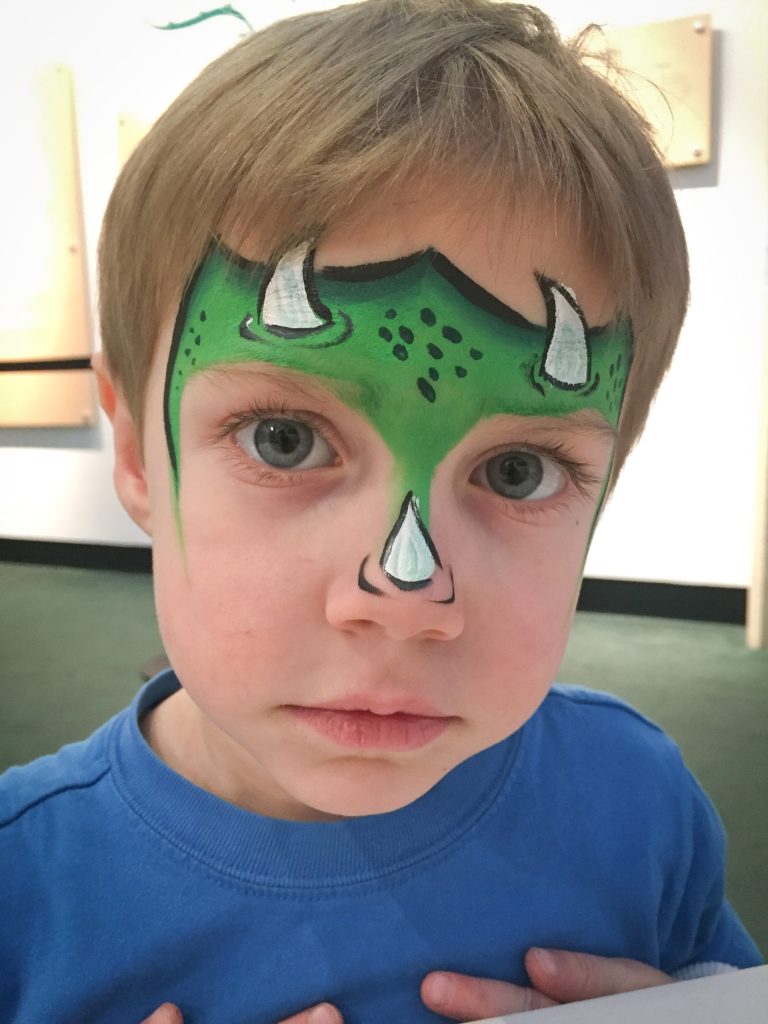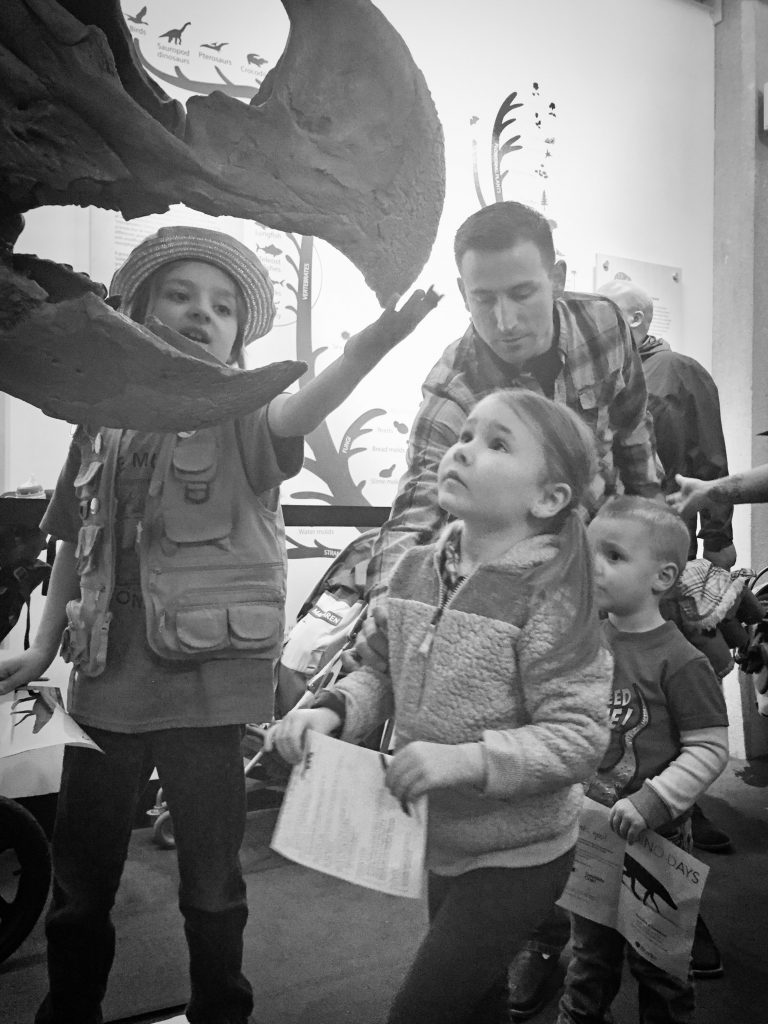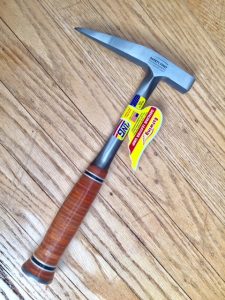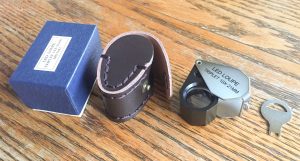Our speaker for the January 28, 2018 NPA Meeting will be George Last. George will fill us in on the Coyote Canyon Mammoth Site project in the Tri-Cities area. Please check out their website and be impressed by their cool Citizen Science organization.
We will meet at the Burke Museum, downstairs in the old cafe, now called the Boiserie.
“The Mid-Columbia Basin Old Natural Education Sciences (MCBONES) Research Center Foundation provides local K-12 teachers and their students an opportunity to actively participate in laboratory and field-based research in paleontology, geology, paleoecology, and other natural sciences primarily within the Mid-Columbia Region of southeast Washington State.
The keystone of the foundation’s work is the Coyote Canyon Mammoth Site.
The Coyote Canyon mammoth was discovered in November 1999 during excavation and hauling of fine-grained soil for use as topsoil.
In late 2007, the land went up for sale, and the presence of the mammoth was disclosed.
In the spring of 2008, a pedestrian survey and test excavation confirmed the location of the mammoth skeleton, uncovering a number of mammoth-size bones including a humerus and scapula in near articulated position. Excitement grew that this site might offer a unique opportunity for students, teachers, and researchers to investigate well-preserved mammoth sub-fossils in the context of Ice Age flood deposits.
In June 2008, the 27-acre property was purchased by two Tri-Cities brothers (doing business as Horse Heaven Hills LLC) and the site was turned into an educational science-based research facility for students, teachers, scientists and the public.”
Burke Museum, Seattle WA
Boiserie Room
January 28, 2018
1pm-3pm
Guests and visitors are always welcome.
There will be a raffle to win an Estwing classic leather handle rock hammer.
You must be a member and in attendance to win!

